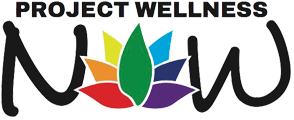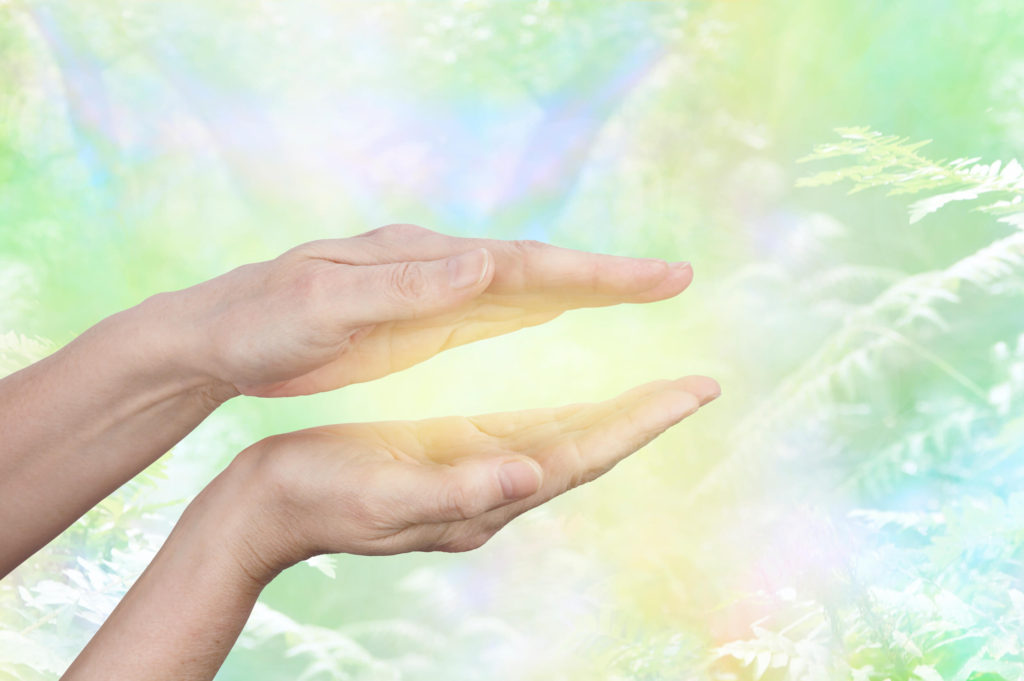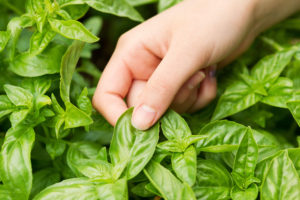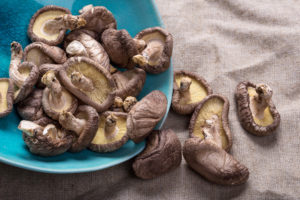If you practice qigong or martial art—or have received acupuncture treatments—or have an interest in Feng Shui—then you’ve probably at least heard about Qi. But what is it, really?

Qi = Life-Force Energy
Qi is a Chinese word whose original character is 气. Since there are two major transliteration systems currently used to render Chinese characters into words using the English alphabet, there are two spellings of this same word:
– Chi (via the older Wade-Giles transliteration system)
– Qi (via the newer Pinyin transliteration system)
In both cases, the word is pronounced Chee (as in cheese or cheetah). Here, we will be using both terms interchangably.
The literal translation of Chi is “breath” or “air.” More figurative renderings include “life-force energy” or “vital energy” or “breath-energy.”
For people living in China, an understanding of Qi—in its various inflections—is contained within the language itself. For instance:
→ The literal meaning of the Chinese character for “vitality” is “high-quality Chi.”
→ The literal meaning of the character for “friendly” is “peaceful Chi.”
→ The literal meaning of the character for “health” is “original Chi.”
So health, friendliness, and vitality are all described in relation to Qi.
Qi = The Vibratory Nature Of Phenomena
Qi is what animates the forms of the world. It is the essential vibratory nature of all phenomena. Though things (including human bodies) may appear solid and static, at molecular, atomic and subatomic levels this apparent solidity is revealed to be vibration: everything is tremoring.
In acupuncture, Qi is the subtle life-force energy that flows through the meridians. In qigong and the martial arts, Qi is the life-force energy cultivated and stored in the dantians. And in Feng Shui, Qi represents the quality and flow of life-force energy through the rooms of a home or the contours of a garden.
We can experience our human body directly as patterns of flowing energy—and this is also what we refer to as Qi.
Subtle Life-Force Energy In Various Cultures
The idea and experience of a subtle life-force energy are found in cultures across the world. In China—as we’ve been discussing—it’s known as Qi. While in Japan, it’s called Ki.
If you’ve practiced a form of yoga with roots in India, then you’ll know this vital energy as Prana or Shakti.
The ancient Greeks referred to subtle breath-energy as Pneuma, and the ancient Egyptians called it Ka.
In Africa, it is known as Ashe, and in Hawaii as Ha or Mana.
Balanced Qi = Overall Health & Wellbeing
The fundamental insight of the Chinese medical and martial arts is that balanced and free-flowing Qi is what makes for radiant health. And conversely, stagnant or imbalanced or depleted Qi is associated with disease. And this is true, equally, for physical and psychological health.
According to Chinese medicine, there’s a deep interconnection between Qi (life-force energy) and Xin (heart-mind). Because of this, the quality of Qi—our subtle life-force energy—impacts not only our physical body but also our mental and emotional wellbeing. And conversely, the quality of our heart-mind affects the quality of subtle energy, which in turn affects the quality of our overall health.
Feeling The Qi
The ability to perceive the flow of Qi directly—i.e. to actually see or feel it—is something that can be cultivated, say via yoga or qigong practice, or through training in acupuncture.
For some people, this skill seems to come naturally, while for others it takes a bit of practice. But even if you’ve never thought of it in these terms, most of us can tell the difference between an atmosphere that feels tense and heavy vs. one that feels uplifted and relaxed. When we say that someone has “good energy” or we felt a “bad vibe” from them—we’re perceiving at the level of subtle energy.
Here’s something you can try right now:
1. Rub hands together, for a few seconds.
2. Hold the palms of your hands close to one another—with about an inch of space between them.
3. Now, with your eyes closed, move your hands in small circular patterns, to enhance sensation.
4. Feel your hands and fingers—and perhaps also the space between your two hands—directly, intimately.
Any perception of flowing or vibrating energy—e.g. pulsing, tingling, or magnetic sensations—is feeling the Qi in and around your hands.
To your health and happiness!
YOU MAY ALSO LIKE:
HOW TO SLEEP BETTER AT NIGHT AND WHY IT MATTERS
Perhaps you’ve thought of rest and relaxation as a luxury or getting 8 hours of sleep for the lazy, but science…
HOLY BASIL HEALTH BENEFITS
Holy basil, also known in some circles as tulsi (you will learn why in a moment), is gaining in popularity as…
10 TIPS TO STAY OPTIMISTIC
A study published in the American Journal of Epidemiology has concluded that there are many significant associations between increasing levels of…
BETA-GLUCANS: THE KEY NUTRIENT IN SHIITAKE MUSHROOMS
Shiitake mushrooms are a popular ingredient in many dishes, known for their unique texture and umami flavor. But did you know…
DIY FRANKINCENSE ROSE CREAM
Make this easy DIY frankincense rose face cream with all organic, natural ingredients. Your new, well-nourished skin will thank you! INGREDIENTS:…
HERE’S WHY YOU SHOULD BE DRINKING PINE NEEDLE TEA
Forests are a delight to the senses, and pine trees, in particular, have a pristine, fresh quality to them. A piping…









